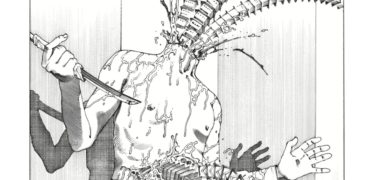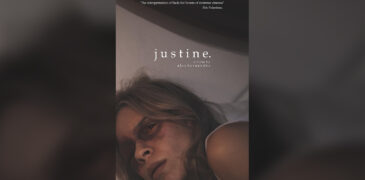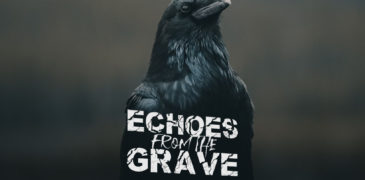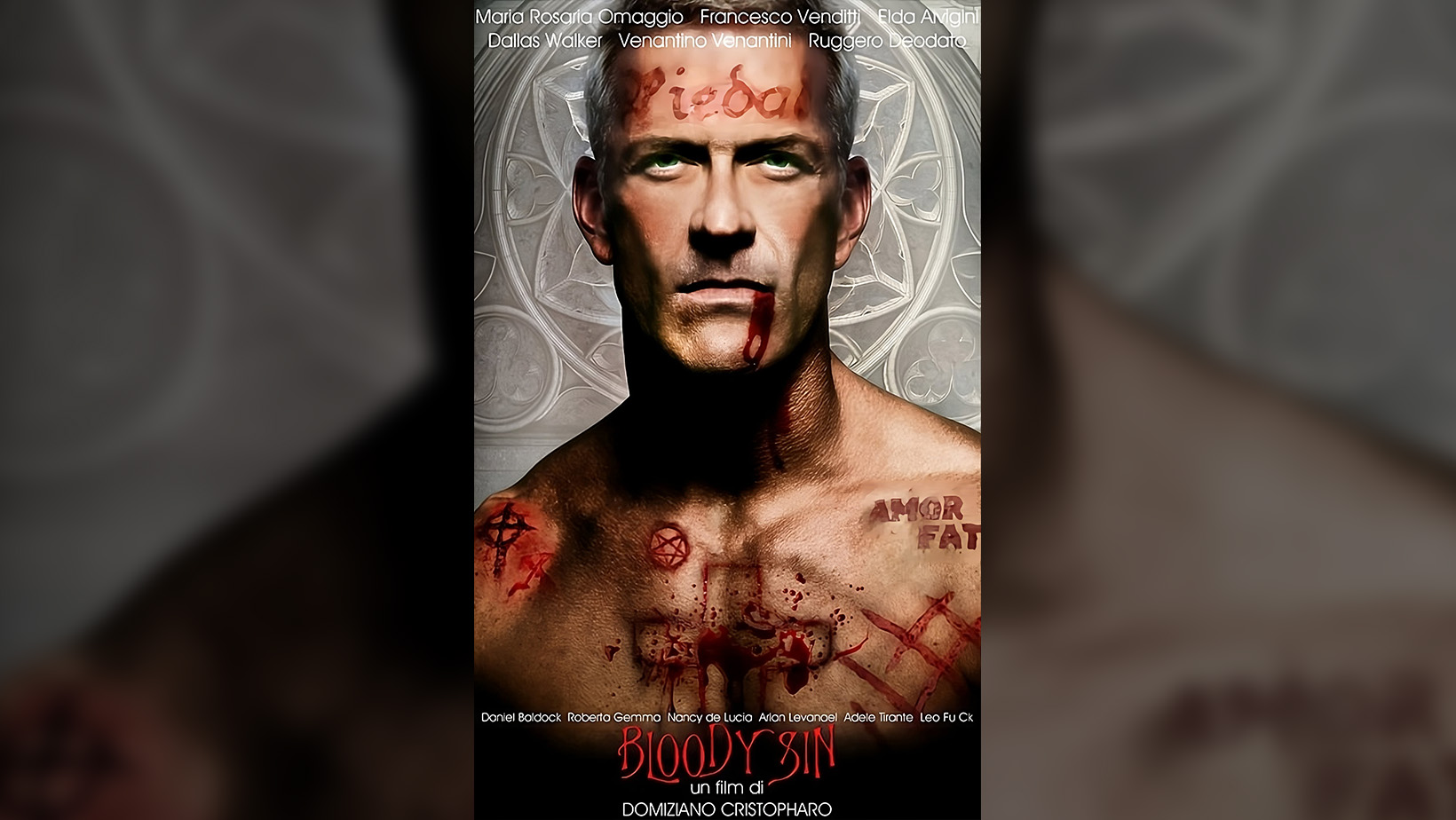

Bloody Sin is a 2011 English-language Italian extreme horror film, written and directed by Domiziano Cristopharo, with additional writing from Jay Disney and Filippo Santaniello. Being particularly well-known in the Italian extreme horror scene, Domiziano is known as the creator of such films as House of Flesh Mannequins (2009), Red Krokodil (2012), and Virus: Extreme Contamination (2016), to name but a few. Whereas, Filippo Santaniello has worked as a writer on a number of titles such as Sarcophaga (2013), and The Slider (2017), and Jay Disney, mostly known as an actor, has worked on translating scripts to English, such as Shock: My Abstraction of Death (2013), and The Transparent Woman (2015).
A team of American photographers/models investigates a European castle that was used for sadistic tortures during the Inquisition, as well as horrifying and abominable Nazi experiments on innocent people. Riddled with history, the demonically possessed castle overtakes the crew, turning their nightmares into a terrifying reality.
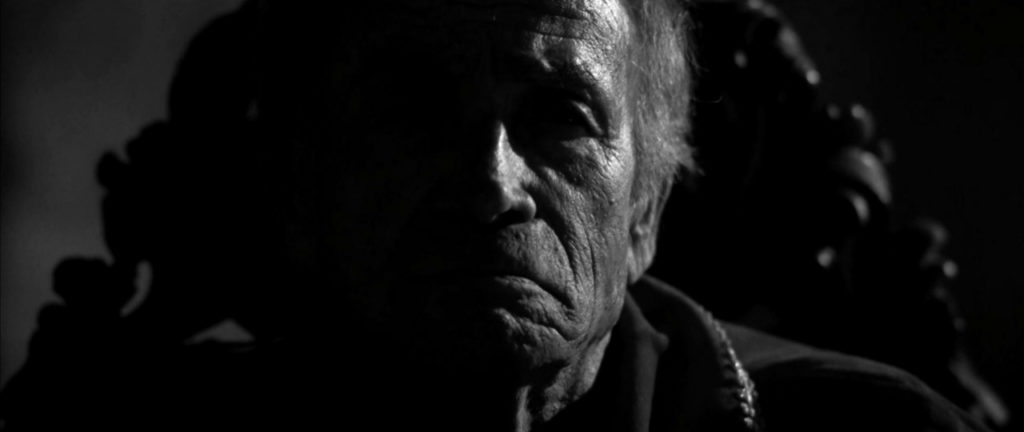
An incredibly perfervid love letter to exploitation films of the ’60s and ’70s, Bloody Sin certainly captures the essence of its basis wholeheartedly. Being a literal homage to classic Italian cinema such as Bloody Pit of Horror (1965) (Il boia scarlatto) and Beyond the Darkness (1979) (Buio Omega) to name only a fraction, the film is an embodiment of Gothic horror, Christsploitation, and Nazisploitation to produce a fantastic combination of them all. The film utilises a number of tropes from the period, such as Italian actors playing Americans, ADR dubbed voices, and overtones of erotica, truly delivering an amazing representation of this classic genre.
Furthermore, with small cameos from the late Ruggero Deodato and Venantino Venantini as executioners, it could undoubtedly be argued that the film got its blessing from some of the greats of the genre.
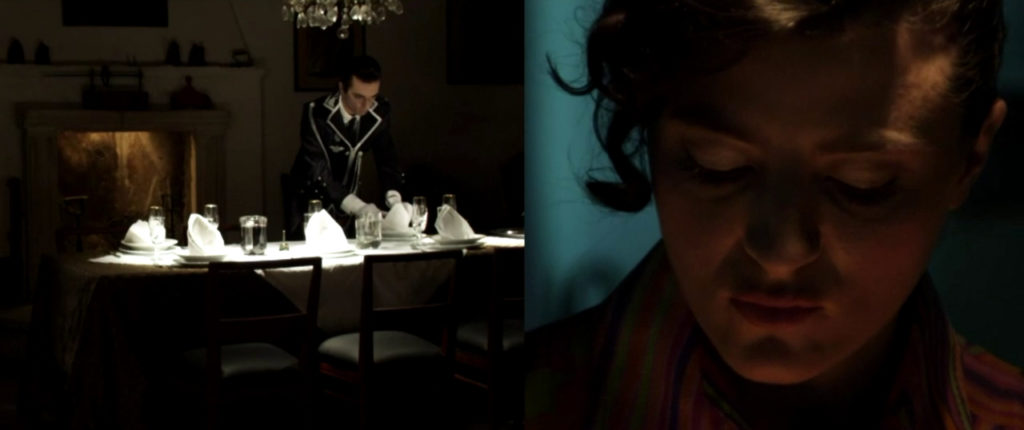
Displaying the acute eye for detail Domiziano is known for in his films, Bloody Sin exhibits an incredibly sleek visual design—utilising an abundant mix of different techniques and styles throughout. From an excellent use of black & white footage to create a faux silent film aesthetic, to highly saturated, soft-focused colour film emulating the vintage cinema of the 60s and 70s, to even implementing a short piece of stop-motion animation; the film certainly accomplishes in capturing its intended styles. Additionally, the film also implements the use of split-screen cinematography, similar to The Boston Strangler (1968) or Wicked Wicked (1973). However, this technique is used in a different manner to these examples, displaying several angles of the same room rather than different perspectives.
However, where Bloody Sin suffers most is with its overtly varied performances provided by the cast. Ranging from decent to thematically campy, there are a fair few renditions that do the film solid justice and certainly play into the aesthetics. Unfortunately, there is more than one interpretation that could be considered subpar to put it politely. Whilst this isn’t exactly egregious, it is a noticeable blemish on an otherwise notable piece of cinema.
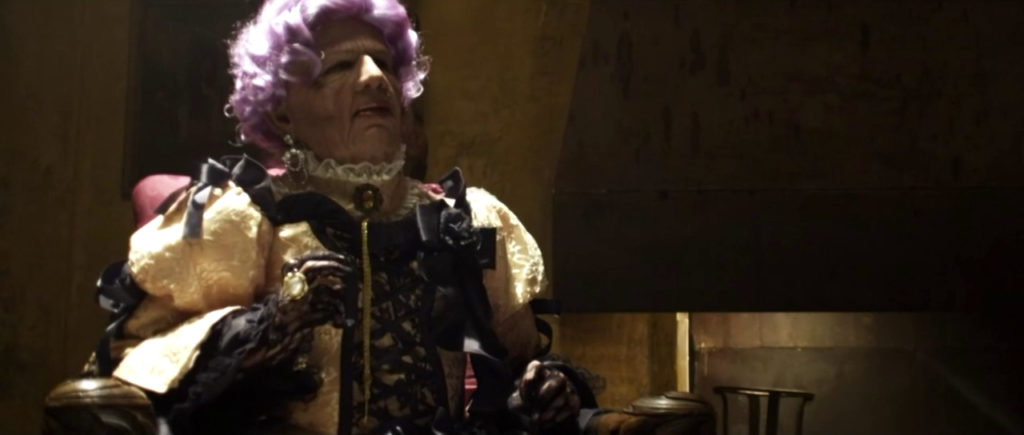
Both visually and ideologically representative of cult classic exploitation from its golden era, Bloody Sin certainly shows due diligence to the films that paved the way for exploitation horror thrillers. With its amazing visuals, beautiful Gothic location, and incredibly unexpected twist ending; the film is an enjoyable romp for those who gravitate towards older horror films.

More Extreme Cinema Reviews
Taking place after the bloody conflict in The Princess of the Never-Ending Castle, “Twelve Sisters” (shortened for sake of sanity) takes another trip to the mind-bending world of branching realities… 2 Girls 1 Gut is a 2024 extreme horror short written and directed by Guy. A British ex-pat filmmaker based in Osaka, Japan, Guy has made a name for himself… Sadomasochism (noun) : the derivation of sexual gratification from the infliction of physical pain or humiliation either on another person or on oneself. The term “sadism” has its origin in the… If You Love Horror Books, You NEED to Get on Godless! Let’s get one thing straight: Godless.com is NOT a satanic cult! It has nothing to do with religion of… Johanna is just twenty years old but struggling with her boring and aimless existence. Disturbing visions start the day she gets fired from her job. Soon Johanna is carried off… I’m sure in one way or another, everyone is at least somewhat familiar with the works of Edgar Allen Poe. From the plethora of film adaptations as well as their…The Twelve Sisters of the Never-Ending Castle (2021) Manga Review – Guts in Knots
2 Girls 1 Gut (2024) Film Review – Sanguinary Festivities
Justine (2022) Film Review – A Sympathetic Approach to Extreme Cinema
Godless.com: The Best Place to Buy Indie Horror Books!
Dark Circus (2016) Film Review – The Goths Are Alright
Echoes from the Grave Film Review – Modern Retellings of the Classic Works of Poe

Hey there, I’m Jim and I’m located in London, UK. I am a Writer and Managing Director here at Grimoire of Horror. A lifelong love of horror and writing has led me down this rabbit hole, allowing me to meet many amazing people and experience some truly original artwork. I specialise in world cinema, manga/graphic novels, and video games but will sometime traverse into the unknown in search of adventure.
